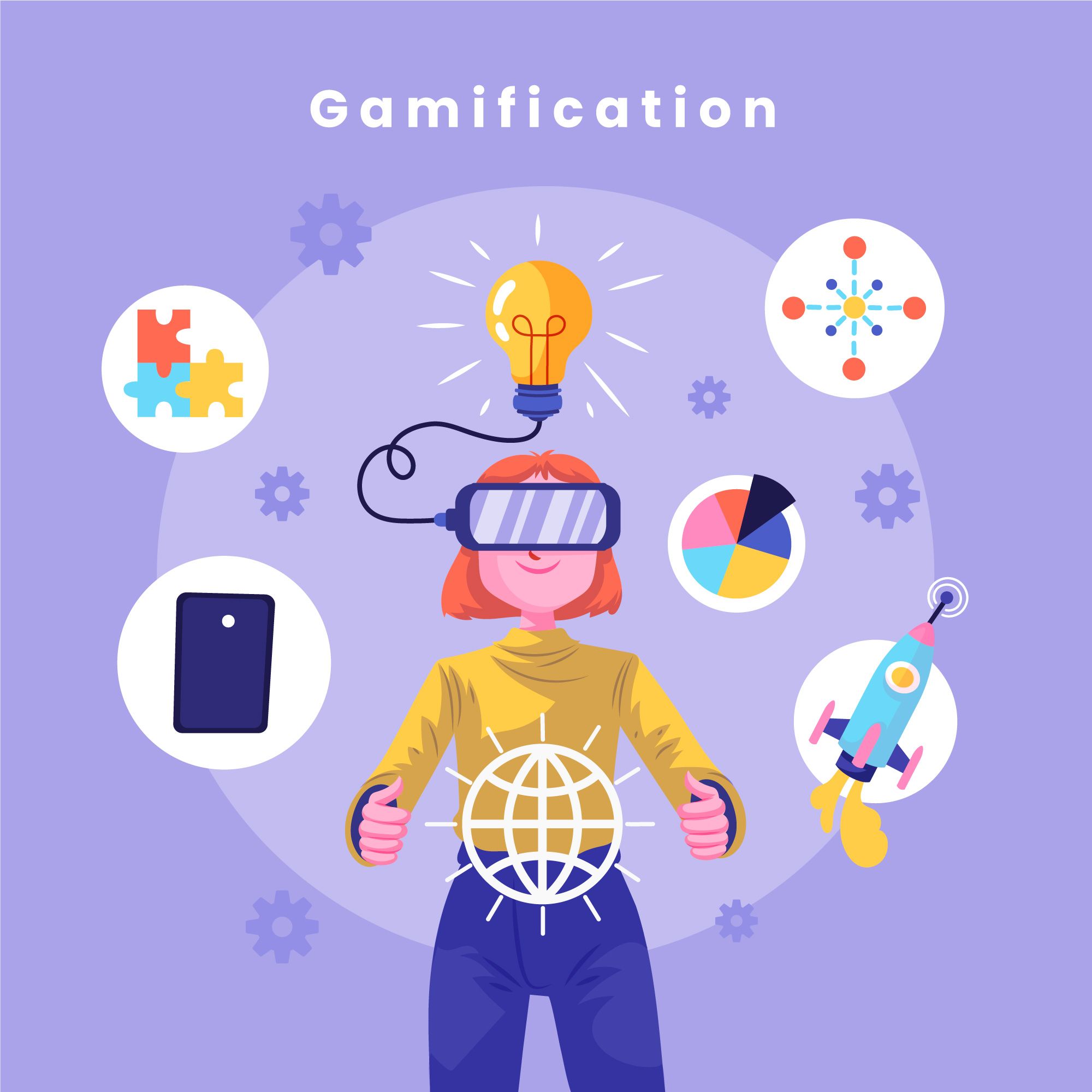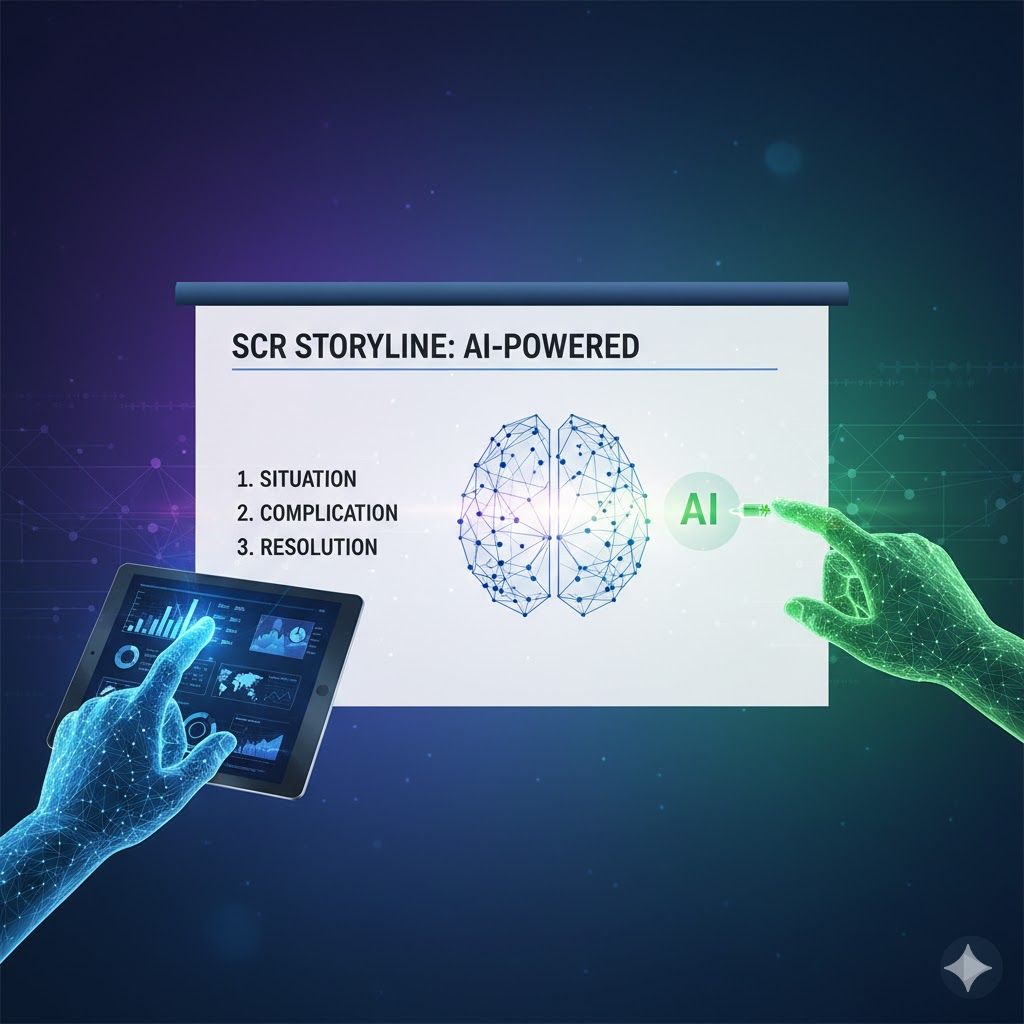Human-Led Videos Better for Learning & Development Projects

Photo by Sam McGhee @ unsplash
Video-based learning is already a critical tool in the online and digital learning arenas. Whether you’re opting for an instructor-led format, or offering ‘offline’ e-learning, videos have a profound impact on how learners engage with the material. Does adding the ‘human touch’ to your video learning library offer extra benefits? Let’s take a look.
Why Video is a Powerful Format
Videos are very engaging to the human eye, and can impart a lot of information in far less time than it would take to consume otherwise. From capturing real on-site work issues visually, to demonstrating an unsafe scenario in the workplace, it’s far easier to mentally ‘digest’ visual media than teasing it out of other presentation formats. Additionally, video engages a range of our senses, and can even leverage memories and shared experiences to help learners engage more with the material. Today, we can even create interactable videos, adding another layer to the learning experience and easily edit with Free Online Video Editor without overloading your PC with additional programs.
What ‘sticks’ more? Hearing someone tell you there’s a new rule, or a new way to get something done, or actually seeing and experiencing the change for yourself? Of course, not all video is created equally. No one wants to listen to people drone on at length, with an unchanging, unchallenging background, after all. To really grab attention, video-based learning materials must be attention-grabbing, compelling, and have a clear, easy-to-digest message.
Putting the Human back in Learning
However, pre-recorded video can still suffer from a problem inherent in all e-learning formats- the lack of a human connection. There’s a reason many corporate environments like to leverage ‘brainstorming’ sessions as a means to introduce creative problem solving. Humans are naturally social creatures. We’ve also evolved to communicate with each other in more ways than just vocally. Experts suggest up to two thirds of our communication takes place through non-verbal communication skills- think body language and facial expression. Some scholars even believe we instinctively place more credence on non-verbal communication, although it’s a difficult arena to study.
In a live, instructor-led video environment, that’s easy to emulate. Provided you have a skilled communicator leading the session, who’s engaged and enthusiastic about the material, you have your human element on-hand. But what happens when you can’t use live, instructor-led sessions?
With recent developments in artificial intelligence technologies, there is now also the option to use ‘virtual humans’ in corporate training video production. Often cheaper (and occasionally more engaging) than ‘talking head’ pre-recorded videos, it opens up another dimension of ‘human’-led learning opportunities. Making it easier for your learners to engage with the subject matter is always a win, and ensuring that you have that critical non-verbal communication in play in your training videos adds another opportunity for creative engagement.
While not every video in your learning arsenal needs to be human-led, ensuring that you have a backbone of human-led video content provides a smart anchor framework for your course or training series, and encourages the learner to ‘see themself’ in the lessons you’re trying to teach.
Leaderonomics.com is an advertisement free website. Your continuous support and trust in us allow us to curate, deliver and upkeep the maintenance of our website. When you support us, you allow millions to continue reading for free on our website. Will you give it today? Click here to support us.
Functional
Tags: Hard Talk, Consultant Corner
This article is published by the editors of Leaderonomics.com with the consent of the guest author.







